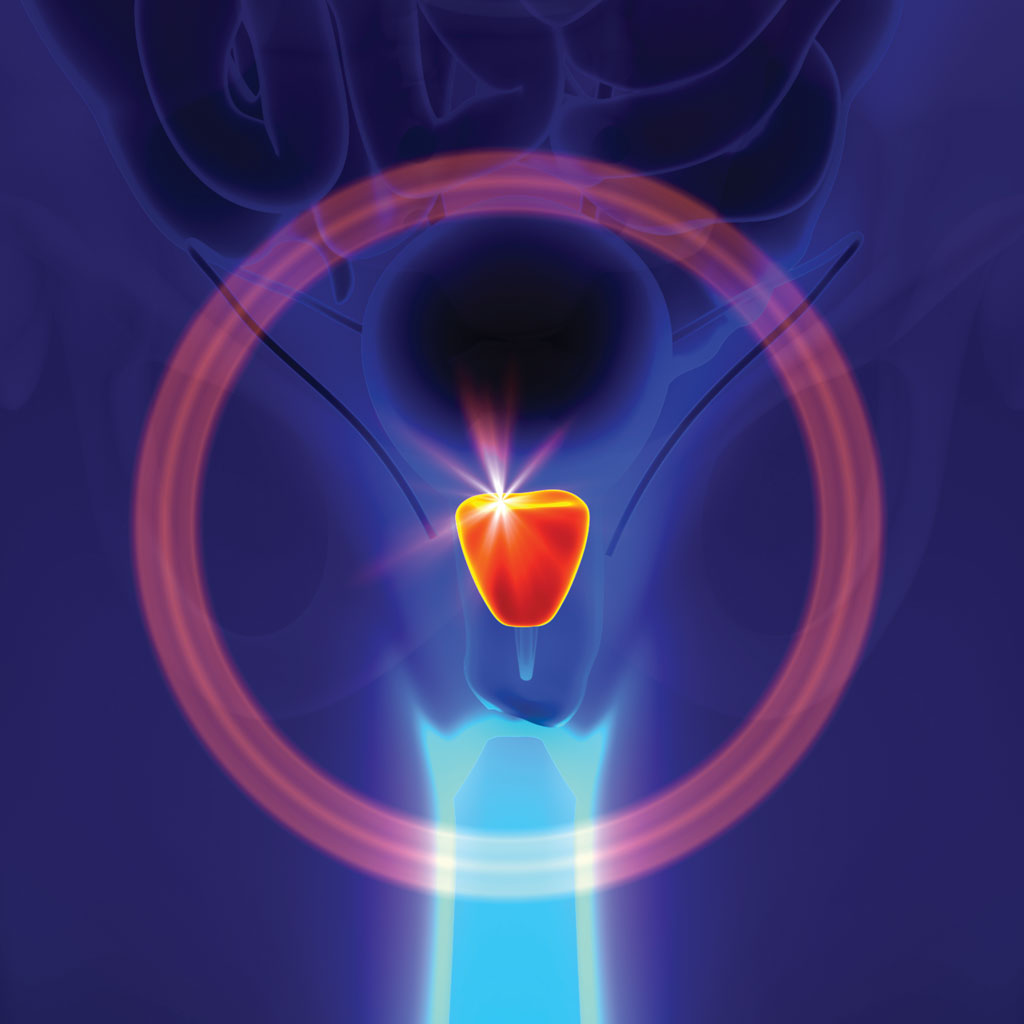On April 17, 2012, television producer and legendary personality Dick Clark underwent a transurethral resection of the prostate (TURP) surgical procedure, also referred to as TURP surgery. He had been suffering from a condition called benign prostatic hyperplasia (BPH), also known as “enlarged prostate” which was causing him acute urinary retention—the inability to urinate.
When the prostate grows larger, it can put pressure on the bladder and the urethra, which is the vessel that urine passes through on the way out of the body. This frustrating and painful condition often leads to a visit to a urologist, who may recommend one of several procedures available to treat BPH. Clark was advised to have TURP, a surgery to remove the inside part of the prostate gland to relieve the pressure and restore normal urine flow.
The TURP procedure is considered relatively safe and “routine.” However, Clark had suffered a mild stroke in 2004 and was diagnosed with Type 2 diabetes. It is also known that any surgery that requires anesthesia can be risky for patients with cardiac conditions. Within 24 hours of his TURP procedure, Clark died from a massive heart attack.
In a study published in the journal Anesthesiology, over 8 million adults worldwide have injuries or heart attacks after surgery each year. 10% of those patients die within 30 days of their surgery. It is not known if Clark’s heart attack could have been prevented by avoiding the TURP procedure, but if it wasn’t the direct cause, it could have been a major contributing factor.
There are also a surprising number of side effects associated with the TURP procedure. In addition to potential bladder injury, inflammation, infection and bleeding, some men experience a loss of erections. 65% of men who have the surgery experience retrograde ejaculation—an unfortunate condition where semen goes into the bladder and not out of the penis. Another complication of TURP is painful or difficult urination, the very problem the surgery is intended to address. What’s more, prostate re-growth is common after TURP, with about 10% of patients requiring additional surgery within 5 years.
According to David Robbins, M.D., a urologist in Miami, “I have not performed a TURP in my urology practice in Miami for over two years now… I do think there is virtually no role for a TURP surgery in the modern era where alternative therapies for enlarged prostate and urinary retention…exist.”
At PrecisionIR, we perform a minimally invasive procedure for enlarged prostate called prostate artery embolization, or PAE. It is an excellent alternative to TURP for those with the BPH condition. The procedure “embolizes” or blocks the flow of blood into the artery supplying the prostate, which causes it to shrink and symptoms to reduce or disappear. It is an outpatient procedure requiring no anesthesia, no scarring and no hospital stay. Most patients can return home shortly after their procedure.
“A surgery may be considered safe, but not having surgery—especially when there is an excellent alternative treatment available—is certainly safer,” said Dr. Andrew Vartanian, Medical Director of PrecisionIR. “We encourage patients to do their own research, especially if they have a heart condition or other factor that could make surgery riskier for them. Our goal at PrecisionIR is to treat disease and other health conditions less invasively, with results that are comparable to, or better than, surgery. We believe that future tragedies can be avoided when more men are aware of their options.”
If you struggle with BPH and are looking for alternatives to surgery, check out our page on Prostate Artery Embolization.

